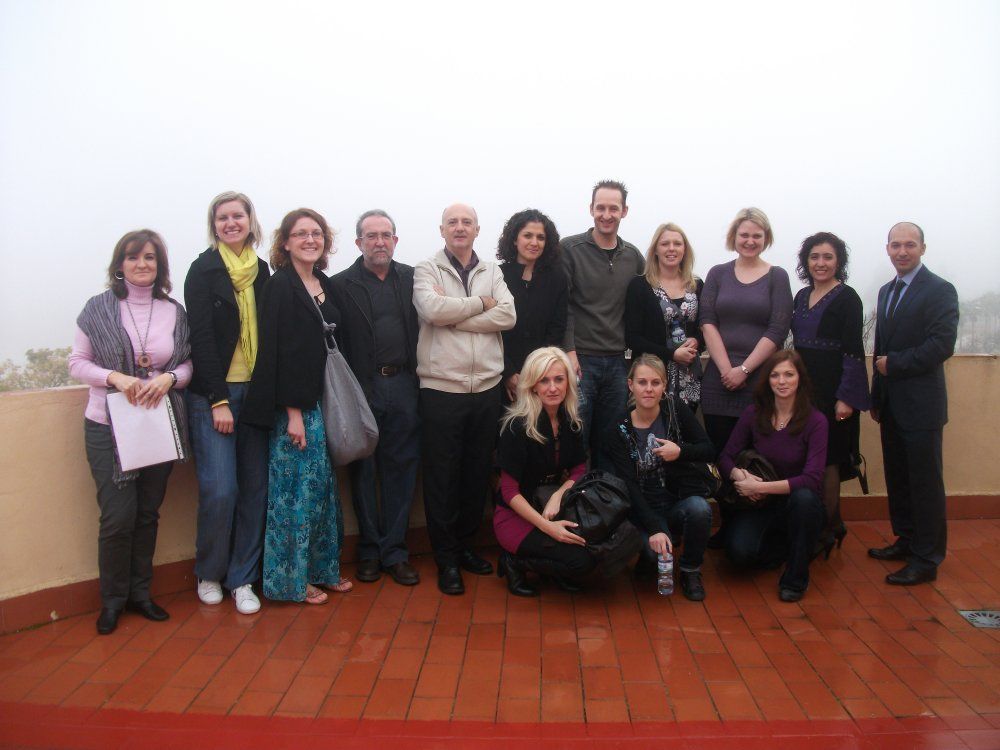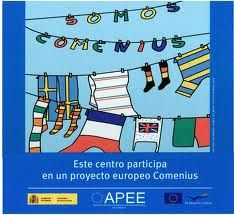Erasmus 2015. With Sense, You Decide
FOUNDATION
Traffic accidents are a scourge that already exists in our society, and that we face every day.Every day, we see traffic accidents in the news, caused by different circumstances, and thatcause thousands of dead and wounded each year, destroying lives and families.
In addition to this, there is also a problem, which aggravates these accidents, that is theabusive consumption of drugs. Groups of young people, and not so young, in the “Botellón”and Nightlife Areas, and the social acceptance of the use of certain substances, which areharmful to the body, such as alcohol, create risk situations that are difficult to tackle.
«With Sense, You Decide» was created in 2005 and has become a reference on prevention foryoung people .Recognised at European level, this campaign is presented as a playful circuit ofactivities where young people themselves are transmitters of the message, a message thatcomes from you to you, , a message created by young people for young people.
After the experience of several years, we face a new problem. The effects of having drugsevery day. There are many young people who see the harmful effects of drugs in the long run,but they don’t see the consequences that they assume in every day.
Prevention campaigns are necessary, and also to bring them to young people, to the spaceswhere they carried out their daily lives. For this reason,” With Sense, You Decide” has beenconsolidated as one of the strongest campaigns in the area of prevention and reduction ofdamage at the national level, and each year has remained growing with a greater number ofusers, and taking their messages to the whole society.
During the year 2013 more than 738 surveys have been conducted to young people fromschools in the autonomous community of Extremadura. Through these surveys, we have beenable to note that more than 60% of young people use some sort of substance, mostly alcohol,and that this consumption occurs more among the same group, when they come out withfriends.
Among the motivations that drive young people to consume drugs, leisure moves to themajority of respondents to this consumption. This coincides with the previous question thatfocused consumption during weekends. In addition, the social environment and friendsinfluence to encourage consumption as percentage of 41% indicates.
According to the data obtained in the surveys, from Red Cross Youth we want to raise a fullintervention, which promote the specialization of volunteering, involving young peoplethemselves, and working in schools, going to the leisure areas, where a large part ofconsumption is produced and promoted.
OBJECTIVES:
a. GENERAL OBJECTIVE
Reduce drug use, and traffic accidents associated with this.
b. SPECIFIC OBJECTIVES
Promote the interest of young people by the adoption of habits of healthy behaviors,promoting the full development of people.
Promote the development of the Health Education in the habits of the youth population.
Involve different social sectors to reduce consumption and traffic accidents.



